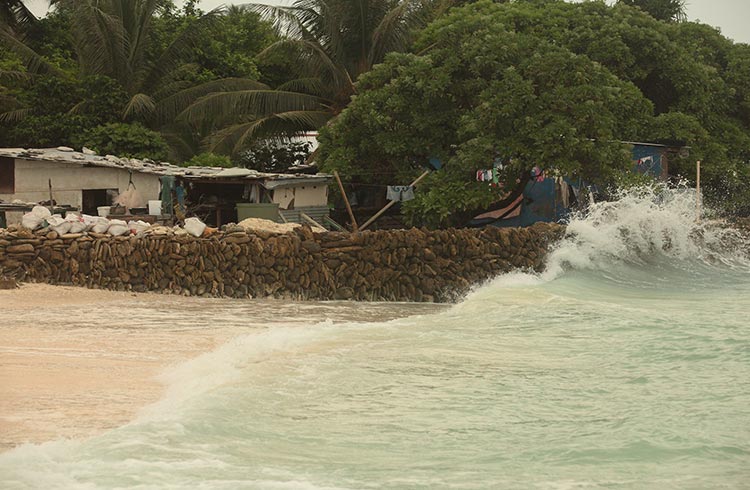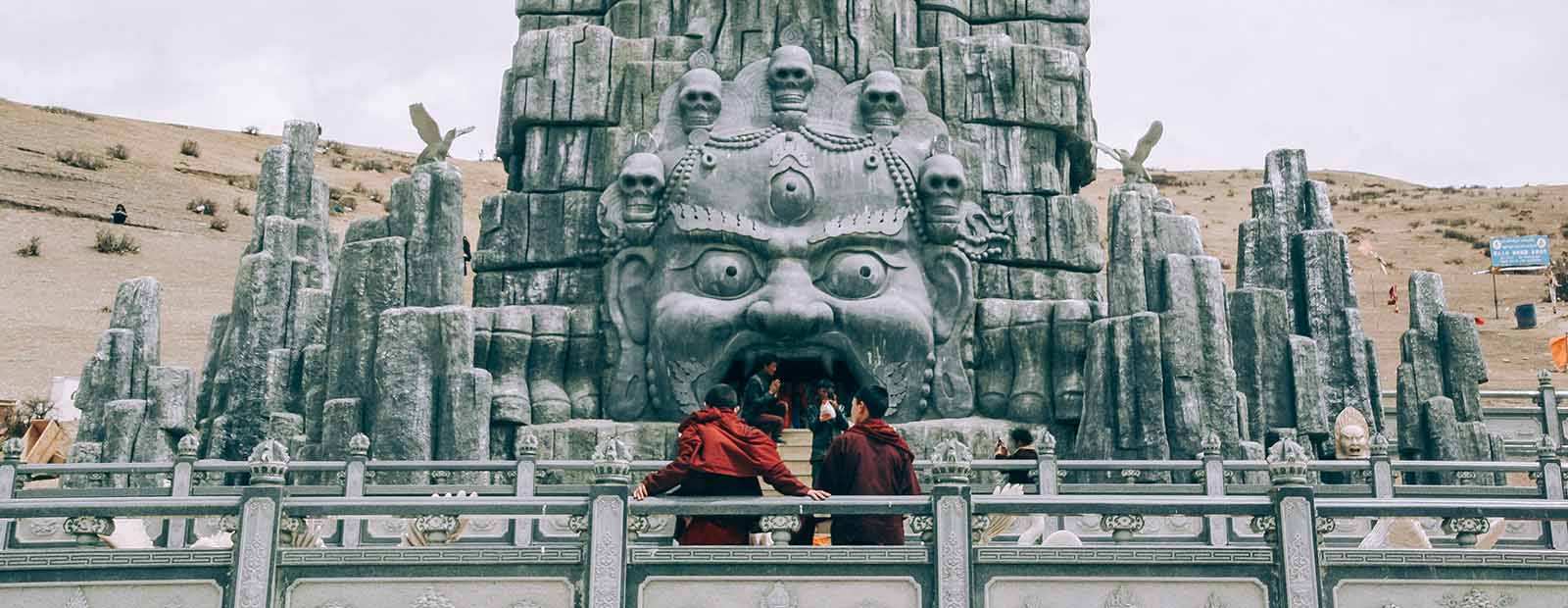Climate Change and Natural Disasters in Kiribati
Kiribati is an island republic in the South Pacific, and is exposed to numerous natural hazards. From climate change to seismic activity, this is what travelers need to know.
 Photo © Getty Images/JohnHodjkinson
Photo © Getty Images/JohnHodjkinson
Kiribati's location puts it in the path of numerous natural disasters. It sits in an area of extreme seismic activity that experiences earthquakes underwater. This movement underwater can produce another disaster: tsunamis.
Due to poor infrastructure standards, residents are often not notified of an incoming tsunami. Anyone who does find themselves in the path of an approaching wave should go to higher ground or somewhere higher up in the are they are staying.
Heavy rain and storms can also lead to flooding on the islands of Kiribati. Cyclone season falls between the months of November and April, so try not to plan a trip that falls during this time.
How climate change is affecting Kiribati
Kiribati is seriously affected by climate change, which is causing rising tides to consume the islands. Predictions claim that the sea in the area will rise a full meter by the year 2100. The highest point across Kiribati's 32 low-lying atolls is the island of Banaba, which at its highest point only reaches 81m (265ft). The capital, Tarawa, reaches just 3m (9ft) at its highest point. In addition, almost all of the population lives about a kilometer from the coast.
Extreme drought can also strike the atolls, which may force the government to restrict water use.
While the sun can get hot, it's the humidity that can cause uncomfortable conditions for locals and travelers. Remember, if you need to cool off, don't do it in the South Tarawa lagoon – which is litered with trash that can only be seen at low tide.
Coral, sharks and squalls
When you do find a clean place to go swimming in Kiribati, be really careful of sharp edges on the reefs, which can injure unsuspecting swimmers.
Sharks and other marine life are plentiful around reefs, and can be seen within swimming distance of the beaches.
Anyone who goes out on a boat should bring the right safety equipment, as squalls (a sudden increase in wind) can develop quickly. People have drowned here due to unpredictable seas, so if you are not a confident swimmer, don't swim out too far.
On land, you'll want to watch out for falling coconuts, which can seriously hurt anyone who is walking beneath a palm tree when it falls.
Do your best to avoid stray dogs – don't pat them.
Related articles
Simple and flexible travel insurance
You can buy at home or while traveling, and claim online from anywhere in the world. With 150+ adventure activities covered and 24/7 emergency assistance.
Get a quote
No Comments